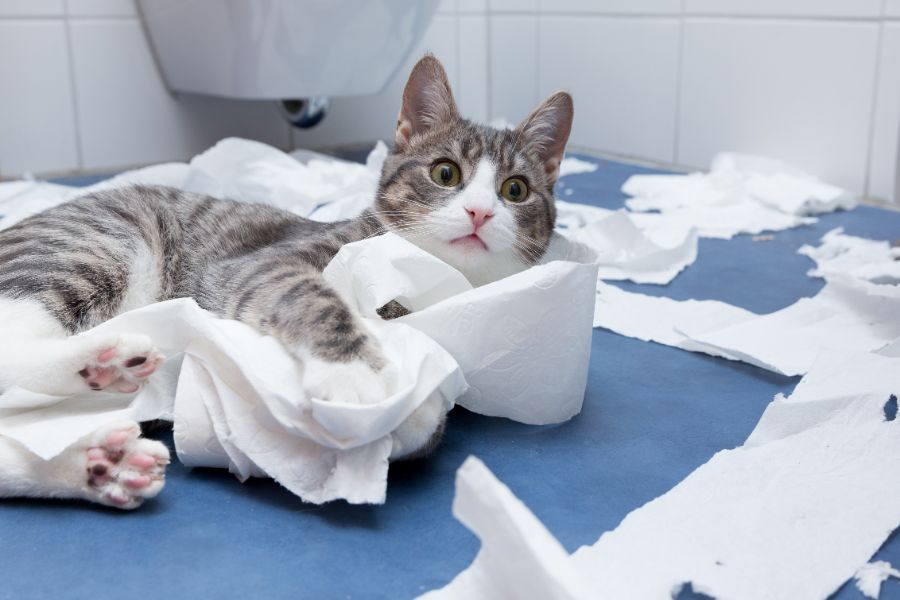
We’ve all been looking for some strategic coping mechanisms this year. For some, cooking, reading, writing letters, or working on home improvement projects took over as a means to get through the quarantine orders. For pet owners, spending quality time with their furry, fluffy, scaled, or feathered friends became even more important.
All this extra affection and attention sure hasn’t been lost on pets, but will quickly vanish as people return to work. After all these weeks in deep comfort and companionship, is pet separation anxiety going to become part of a new normal?
The In’s and Out’s of Pet Separation Anxiety
Pet separation anxiety is characterized by a profound fear of solitude. Symptoms occur when a pet is upset by the imminent departure of their human and the unknown quantity of time apart.
Depending on the level of fear and stress, symptoms can vary in intensity but often include the following:
- Intense clinginess
- Increased vocalizations
- Blocking the exit
- Aggression or destructive behaviors (chewing, scratching, digging, etc.)
- Soiling inside the house
- Pacing
- Drooling
- Shaking
- Panting
- Excessive self-grooming
Pet separation anxiety symptoms rarely improve without direct compassionate intervention. In fact, they may get worse over time, eventually requiring behavioral modification training and/or prescription medication.
Planning Ahead for Separation Anxiety in Pets
It may be a long time until we reach a level of normalcy previously enjoyed. You may not be working five 8-hour shifts a week outside the home yet, but eventually a full time schedule may loom large.
Chances are, your pet has grown deeply accustomed to your daily routine. They know exactly when they can expect your attention, affection, meals, exercise breaks, and more. To prevent pet separation anxiety, we recommend the following strategies:
- Crate train your pet so they know they have a calming, reassuring location to retreat to when they feel anxious or afraid.
- Start leaving your pet alone for short periods of time. Only increase the time apart when your pet demonstrates confidence and comfort in your absence. Before you know it, you’ll inspire your pet to stay calm and happy for up to however many hours necessary (but don’t overdo it at first, start slow and work up to 3-4 hours, then 5-6, if able).
- When you return home, stay neutral. Making a big deal about your reunion sends the wrong message to your pet and may trigger intense symptoms of pet separation anxiety.
- Leave safe toys for them to play with while alone, or provide food puzzles to keep their mind occupied. Rotate toys regularly to prevent boredom.
- Give them a good workout before you leave in the morning to burn off extra energy. A tired pet is a happy one. Exercise or play when you return home.
- If your pet simply cannot abide by separation from you, hire a dog walker or pet sitter to keep them company or exercise them during your absence. When things open up a bit more you may want to sign them up for doggie daycare or playdates.
True Care Veterinary Care Can Help!
It may not be easy at first, but with a healthy combination of patience, understanding, encouragement, and love, pet separation anxiety doesn’t have to take over the household.
If you have additional questions or concerns about pet separation anxiety in a post COVID-19 world, please let us know. We’re always here for you at True Care Veterinary Hospital.

